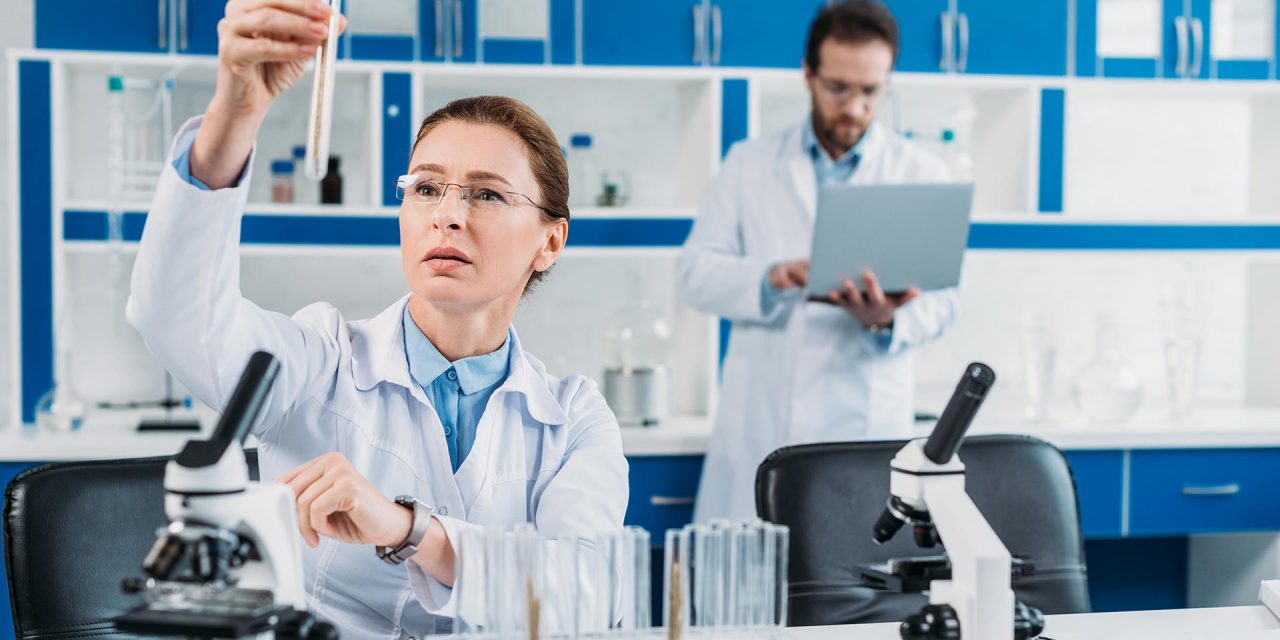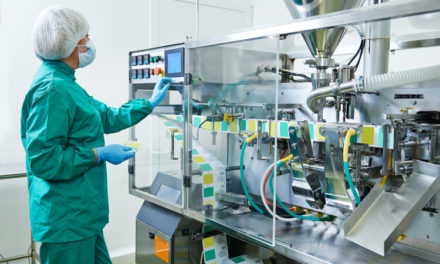Part 3 The QC Laboratory
The laboratory is a special piece of the total site audit and can often require some special considerations. From our experience the laboratory layout can have a major effect on the effectiveness of the unit, because many compliance issues can be linked to mistakes caused by the processing methodology. So, in terms of basics, look at the layout of the laboratory and look for the degree of clutter. If the place is disorganized and/or cluttered, then you’ll almost certainly find lots of compliance related issues. In terms of flow, check on how the samples arrive, how they are logged in, what paperwork or electronic equivalent is prepared and where the samples are labeled and stored, until analyzed. This, from our experience, can be fraught with issues!
Next, look at how the samples are analyzed and whether the test methods are available, current and appropriate. If they USP methods, how are these be executed. If unique methods, then are they being executed as per test methods? Check all these and if possible, assess if compliance issues are associated with robustness. Often, we see test methods that have been transferred early before all the technical issues have been fully worked out. Check the deviations logs. Are the issues noted re-occurring or one-off situations? Are these investigations done properly and traced to root cause? Are there CAPAs with these deviations? This needs to be looked at during the document review phase to assure proper cGMP compliance. Is equipment validated and are these current?How is the maintenance and calibration of the equipment maintained and performed? Are there current calibration stickers present? Is equipment’s or machines out of service and do they have signs that restrict use in these cases? Are the fume hoods clean or cluttered? Are they disposing of solvents etc. according to procedures? Check how glassware is used by the analysts and assure they have proper cleaning procedures in place and that they are used. Are autoclaves, washing machines and solvent/buffer dispensing equipment validated and calibrated? Checking other small apparatus like pH meters and all balances can be another source of issues if the daily calibrations and logs are not kept current. It’s a fact that like most things in life, often it’s the small things not completed well that trip you up. So, the lesson is pay attention and don’t disregard small things. Retention samples and reference standards. It’s important to make sure that these are properly accounted for, both in terms of having them and in the case of reference standards, how much you have. In the case of reference standards, are these appropriately stored; temperature, in a desiccator, and are they expiration dated? This brings one onto another related topic which is, are all solutions, buffers and liquid reagents properly labeled and do they have expiration dating for their use? Related to this, do all pieces of equipment have appropriate use logs and are these kept current?
Today much of the lab equipment used is either controlled or connected to computers so there needs to be a 21 CFR part 11 strategy where one can demonstrate that instruments and equipment is appropriately fulfilled in terms of 21CFR part 11 compliance. Finally, checking to make sure that the analysts and support staff have the appropriate level of training is core to a laboratory’s state of compliance. If a laboratory’s management team isn’t tracking that, then job requirements are not being met, are not current, and it is unlikely that the rest of the operation is running as it should be.
These points should provide a good guide into where to start during the Laboratory component of a site compliance audit.






